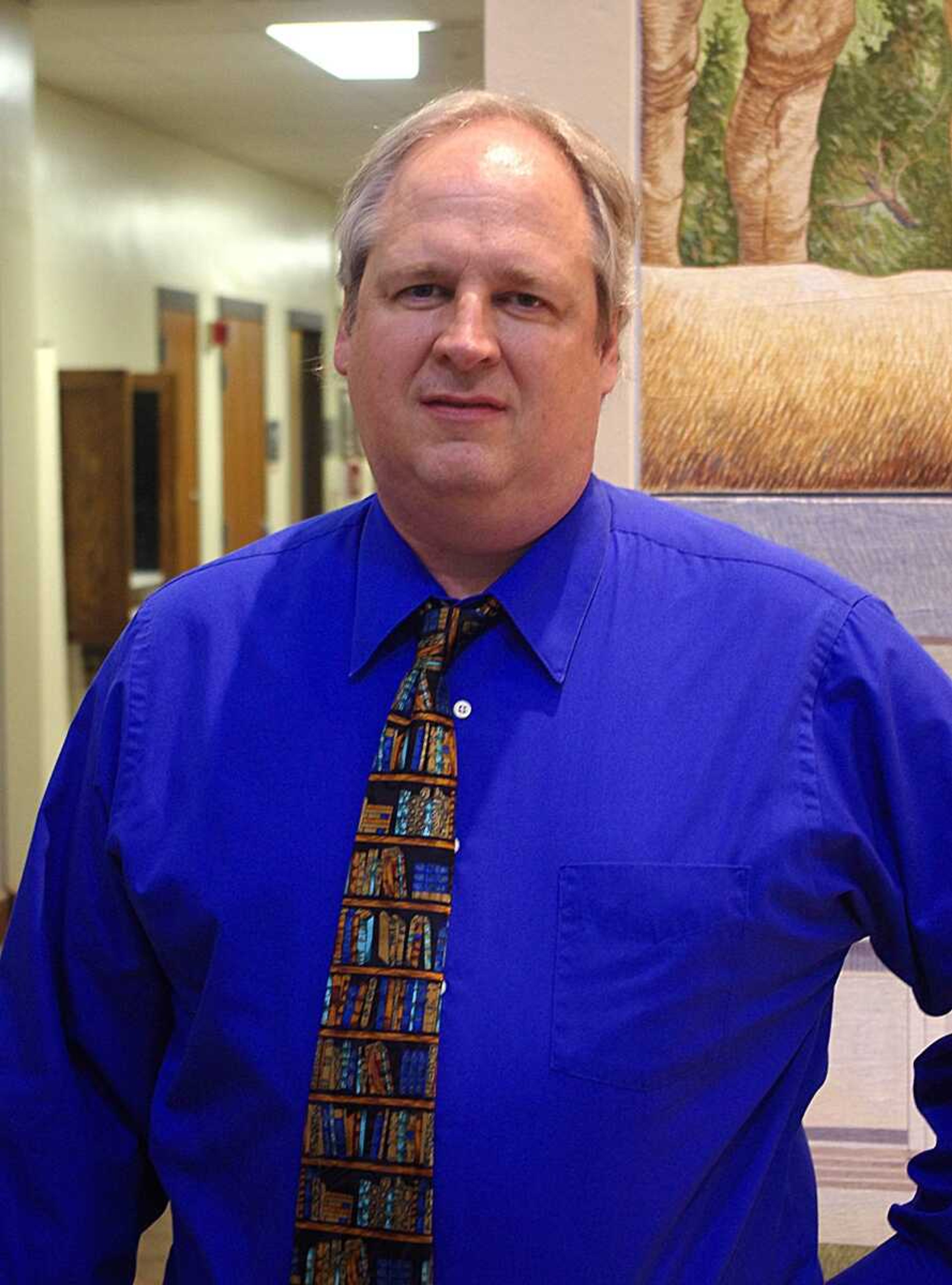Southeast Missouri State University is instituting a new initiative that seeks to create Student Learning Outcomes.
According to Dr. Dave Starrett, chair for the Student Learning Outcomes Q2 Committee, these are measurable skills that students should gain from any course.
Recent federal legislation has established new requirements for courses offered at accredited colleges and universities that receive federal financial aid.
According to the Student Learning Outcomes page on Southeast's website, a Student Learning Outcome is defined as "a statement that specifies what students will know, be able to do or be able to demonstrate when they have completed or participated in a course, project, activity or program."
Starrett said the outcomes must include action verbs and be able to be demonstrated as well as be measured. Starrett said the outcome model should consist of a sentence that describes that the student will demonstrate an understanding of something learned. For instance, he talks about avocados in his biology classes, and an example of a Student Learning Outcome statement for that class would be "Students will name two species or types of avocados."
Starrett said Student Learning Outcomes are a "promise that in class, that these are the outcomes students can expect to learn." Syllabi in any course will have to include at least three Student Learning Outcome statements.
"Student Learning Outcomes are the outcomes that faculty makes in order to determine what students are taking away from a specific course," said Hannah Thomas, the Student Government Association representative for the Student Learning Outcomes Q2 Committee. "They assess their students in specific ways to see how many meet the outcomes they've set and how many do not. I think that they will prove to be beneficial to students, because students will have a clear idea about the direction their course is going."
Outcomes can be assessed in any form such as tests, papers and presentations. At the end of each semester a faculty member must measure how many students have accomplished the outcomes they have in their syllabus. Starrett said these outcomes are not to be confused with course objectives. The main goal of the project is to give faculty members a way to adjust how they teach an objective in the following semesters and to work on increasing learning opportunities for students.
"Faculty, teachers and instructors are always assessing what students are doing though tests, presentations, papers," Starrett said. "These are assessments of student learning and they lead to letter grades. But those don't necessarily tell how well you did on specific objectives. Did you learn X? Did you learn Y? Did you learn Z? The idea of a Student Learning Outcome is that we formalize this in the syllabus."
Starrett said the initiative is a way to more accurately figure out what students are learning in their classes and to give them a better understanding of what the courses they sign up for are about.
"We put [Student Learning Outcomes] in the syllabus so students know they have an opportunity to develop this outcome or skill," Starrett said.
According to Dr. Allen Gathman, a Student Learning Outcome Q2 Committee member, there are two things that are different about the Student Learning Outcomes Initiative than past initiatives. One is that the analysis of learning is done at the course level as opposed to observing improvements of university programs as a whole. The other different characteristic is it is being applied to every course at Southeast.
Gathman said a goal of the initiative is to develop a long term set of comparable data to determine how student learning improves in a specific class over time. Student Learning Outcomes can be used to compare online courses with in-class courses to see if they are offering the same level of learning opportunities.
Gathman said another goal Student Learning Outcomes are important is because they will help Southeast meet the federal criteria for a college credit hour, which is one hour of in classroom time and a minimum of two hours of out-of-class student work each week of a semester.
Online courses are required to meet this criteria by equaling the time they would spend doing academic work in a traditional classroom setting. He said faculty will better be able to justify the importance of a specific course with Student Learning Outcomes put in place as well as adjust courses to better fit the criteria.
Gathman said that the Higher Learning Commission plans to visit Southeast Missouri State University in fall 2012 or spring 2013, and getting Student Learning Outcomes on syllabi across campus is important to keep up with accreditation standards.
Though Student Learning Outcomes are a nationwide requirement, Starrett said the most important goal for the initiative at Southeast is fine tuning how students learn and improving how faculty members teach.
"So the idea is that students are in the classroom learning things," Starrett said. "What we want to know is what they are learning."






